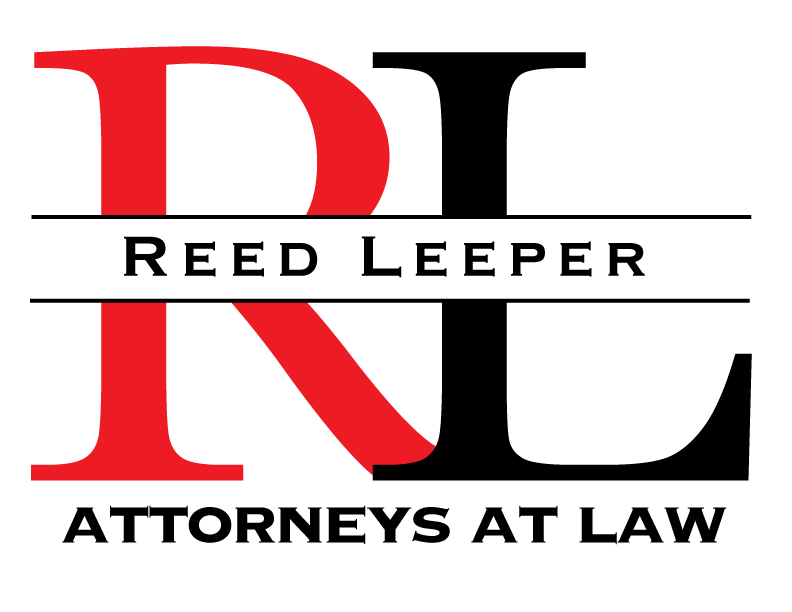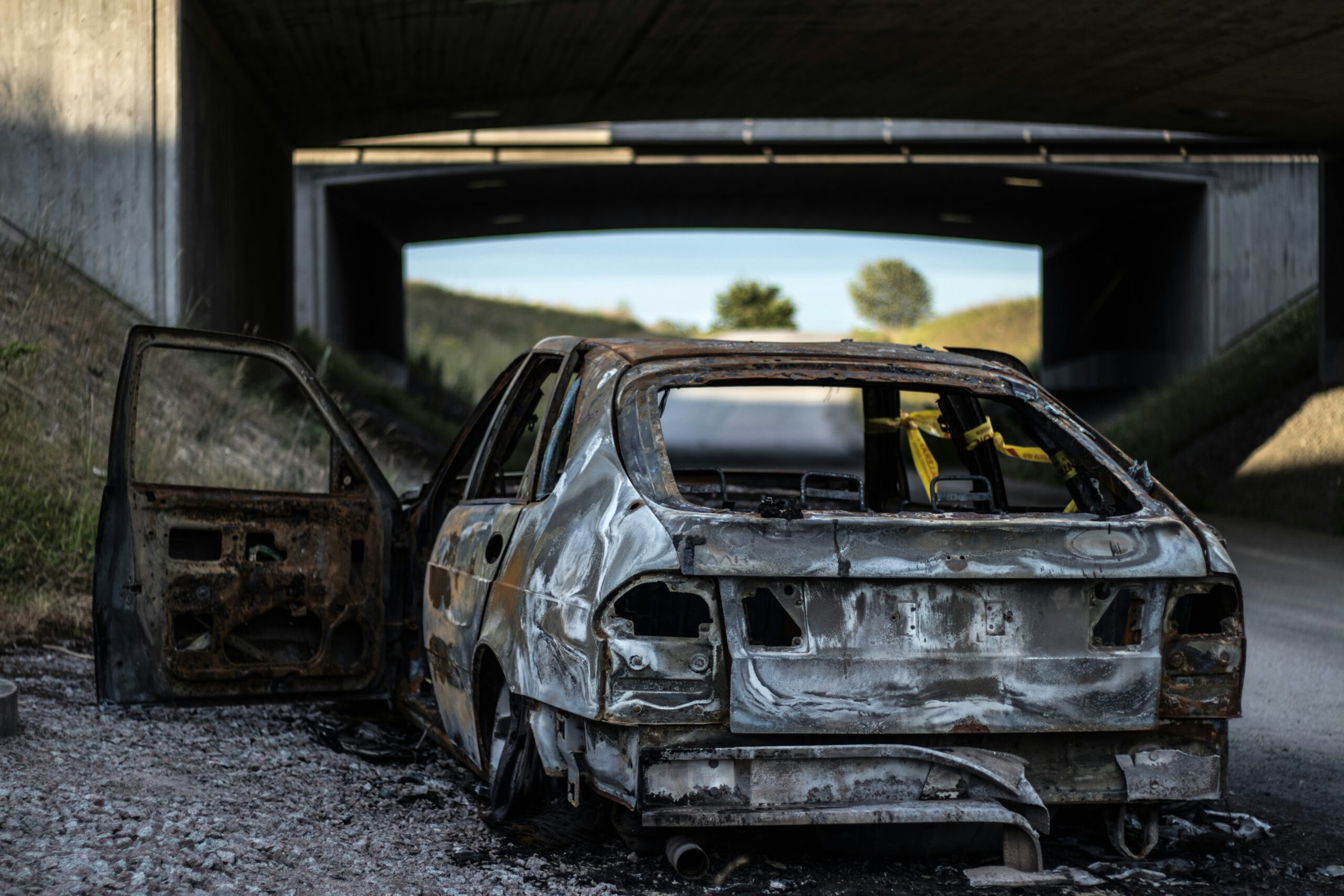Car accidents can be a terrifying and shocking experience. Learning the steps to take following a car accident can save you time, money, and possibly your life or someone else’s. The National Highway Traffic Safety Administration (NHTSA) estimated that around 20,175 people died in motor vehicle traffic accidents within the first half of 2022. With how prevalent accidents are, it is important for drivers to know what to do after a crash. Here are the six steps to take after you are in a car crash.
1. Determine if the Accident Caused Injuries
Your first priority in an accident is to calmly determine if you or anyone else in your vehicle was injured. If anyone was hurt, call 911 immediately or ask someone else to do so. Note that a momentary adrenaline spike might mask injuries, so continue to monitor your health and the health of others in the hours and days that follow.
However, even if your accident seems minor and no one was hurt, do not leave the scene of the accident.
2. Move Yourself & Your Vehicle Out of the Way
If you determine that no one in your vehicle was injured and your car is safe to drive, slowly and safely move it out of traffic. Turn on your emergency lights as you pull off to the road’s shoulder to let any cars behind you move forward. Even if you are on a smaller road with no shoulder, moving as far to the side as possible is recommended. If left where the crash occurred, your car may cause a road hazard and lead to further accidents.
If you cannot move your car, get yourself and any of your passengers a safe distance from the collision. Be careful as you exit your vehicle. After an accident, you may not be thinking clearly and if the crash occurred on a highway or busy street, exiting the vehicle hastily may put you in more danger.
3. Contact the Authorities
Once out of traffic, you’ll want to call an ambulance, law enforcement, and/or both, if needed. Even if the injuries appear minor, you’ll want to get professional help. Younger children, older adults, and incapacitated people can be particularly susceptible to injuries and may need immediate medical assistance.
4. Collect & Exchange Information
While waiting for the police, you may interact with the other driver if you determine it is safe. Be sure to not admit fault for the accident or accept any immediate compensation.
It is impossible to know the full extent of your injuries and damage to your vehicle at the scene of the crash. Any accepted cash may not cover the full scope of medical bills and car repair costs after the accident.
Exchanging some vital information at the scene can make the claim process much simpler. The following information is recommended to be exchanged:
- Full name
- Insurance company
- Policy number
- Insurance company phone number
If the other driver insists that you provide more information, remain calm and only share what you feel comfortable divulging as you wait for the police to arrive. Initiating small talk may help in this case.
5. Document the Accident
After exchanging information with the other driver, document details of the accident using your phone to take pictures and videos. Take pictures of the accident scene, injuries, etc. Details of the accident are still fresh in your mind at this time, so be sure to write down other details such as the date, time, other driver’s license plate number, car make, street names, the directions each vehicle was headed, etc. You’ll want to have as much information documented about the accident as possible. Sketching a diagram of the crash scene may also be helpful to keep track of details.
6. Contact Your Insurance Company
After the accident, contact your insurance company. While it is not required to do so at the scene of the accident, you will want to call them as soon as possible. Your insurer’s website will most likely have information about making a claim. However, ask clarifying questions about anything that is unclear to you with a representative.
After you make a claim and provide the information your insurer requires, insurance adjusters will determine who is at fault and what compensation you’ll receive for repairs.




